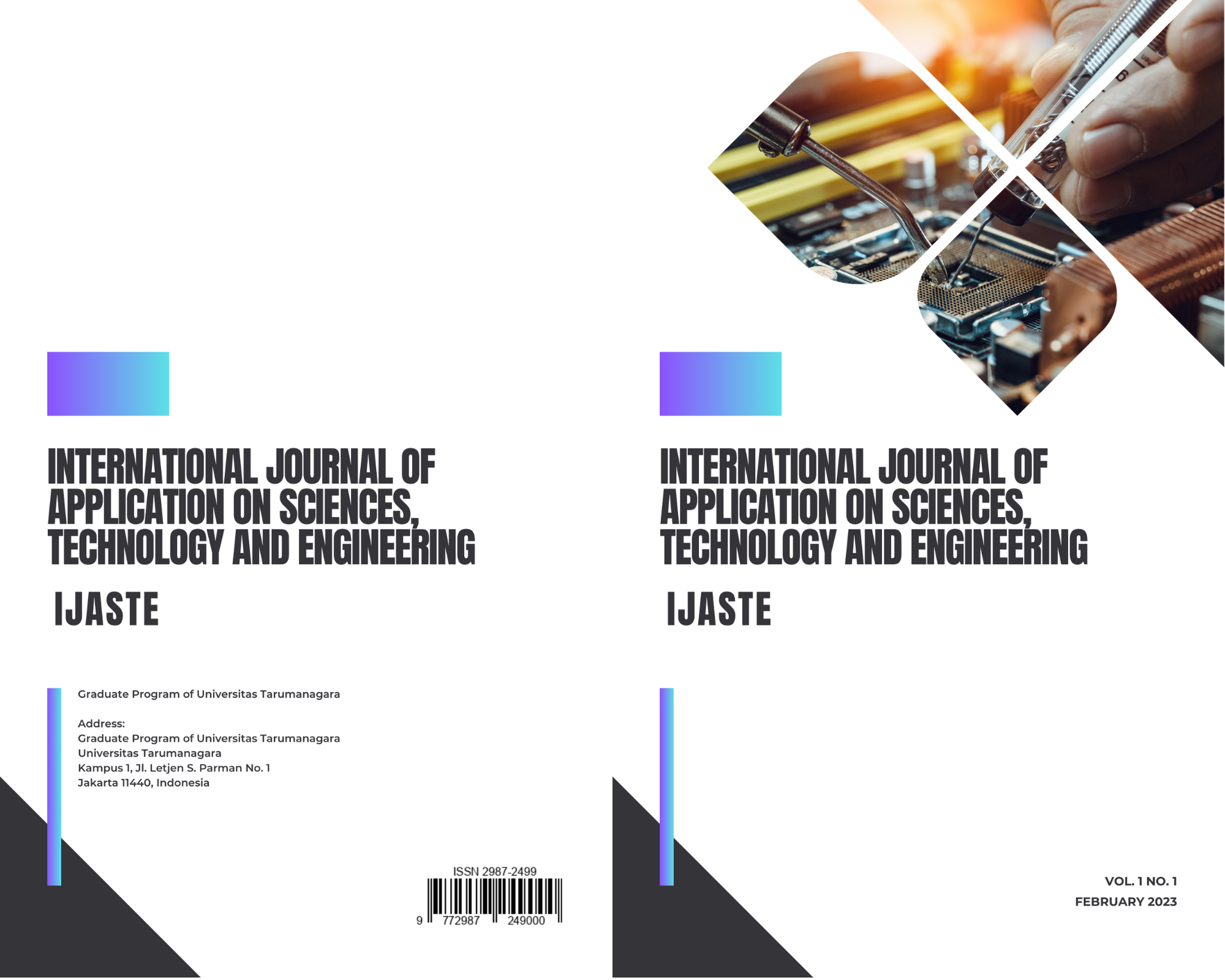Fire Dashboard Design in Bandung
Main Article Content
Abstract
Disaster is an event that is dangerous for all living things. There are so many catastrophic events that occur in the environment such as earthquakes, landslides, floods, volcanic eruptions, and so on. One of the disaster events that often occurs in the community is fire. Fire is a disaster that occurs due to fire activity. Fires can happen anywhere. Most of the fires occur in populated areas. Information about fires can be recorded in detail according to each fire incident. Based on this information, fire data can be packaged into a visualization. The purpose of this research is to form a dashboard design that can show the visualization of fire data. The fire data used in the dashboard design is the details of fires in Bandung. The data used is data from the Bandung fires in 2018 and 2019. In addition, there is also external data, namely data on the average air temperature associated with data on fires that occurred in Bandung. The data on the average air temperature associated are also equated with the data for the year of fire, namely 2018 and 2019. The dashboard design uses the prototyping method. Then the visualized data can be used to make it easier for users to find out details and information on fires that have occurred. The result of this research is to produce a fire dashboard with a correlation between the number of fire incidents and the average air temperature in Bandung.
Article Details

This work is licensed under a Creative Commons Attribution-NonCommercial-ShareAlike 4.0 International License.
References
F. Moulaert and A. Mehmood, Towards a social innovation (SI) based epistemology in local development analysis: lessons from twenty years of EU research. European Planning Studies 28(3), 434–453 (2020).
D. A. Sprenger and A. Schwaninger, Technology acceptance of four digital learning technologies (classroom response system, classroom chat, e-lectures, and mobile virtual reality) after three months’ usage. International Journal of Educational Technology in Higher Education 18(1) (2021).
Y. Demchenko, W. Los and C. de Laat, Data as economic goods: Definitions, properties, challenges, enabling technologies for future data markets. ITU Journal: ICT Discoveries 2(23) (2018).
J. K. Lee, H. D. Rha, J. T. Kim, H. H. Jang and G. Y. Gim, A study on public open data service using linked open data (Lod) technology 1. International Journal of Advanced Science and Technology 119, 1-12 (2018).
Castellnou, Marc, et al. Empowering strategic decision-making for wildfire management: Avoiding the fear trap and creating a resilient landscape. Fire Ecology 15(1), 1-17 (2019).
S. Wexler, J. Shaffer and A. Cotgreave, The Big Book of Dashboards Visualizing Your Data Using Real-World Business Scenarios (John Wiley & Sons, 2017).
M. I. S. Assaqty, Y. Gao, X. Hu, Z. Ning, V. C. Leung, Q. Wen and Y. F. Chen, Private-Blockchain-Based Industrial IoT for Material and Product Tracking in Smart Manufacturing. IEEE Network 34(5), 91-97 (2020).
L. Agnihotri and A. F. Ott, Building a student at-risk model: An end-to-end perspective from user to data scientist. In Educational Data Mining (2014).
P. Beesley, Dissipative prototyping methods: A manifesto. Journal of the British Interplanetary Society 67, 338-345 (2014).
T. E. Oyigbo and O. O. F. Ugwu, Appraisal of key performance indicators on road infrastructure financed by public-private partnership in Nigeria. Nigerian Journal of Technology 36(4), 1049-1058 (2017).
M. Eshtaiwi, I. Badi, A. Abdulshahed and T. E. Erkan, Determination of key performance indicators for measuring airport success: A case study in Libya. Journal of Air Transport Management 68, 28-34 (2018).



